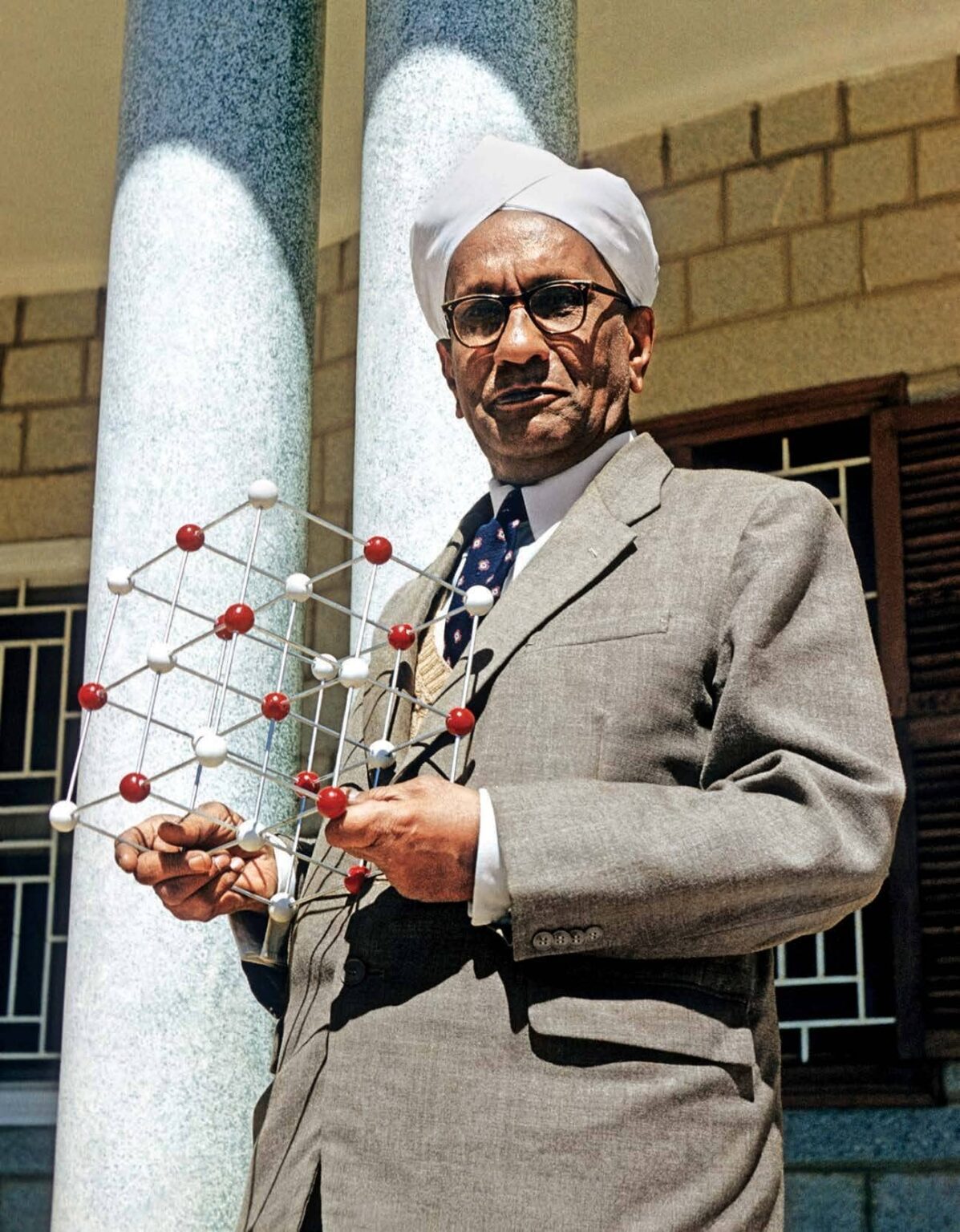CV Raman : The Brilliant Indian Mind Behind the Raman Spectroscopy Technique
National Science Day 2023 & DR CV Raman: This day is held each year on February 28 to honour and recognize scientists’ contributions to society.
On this day, in 1928, Indian physicist Chandrasekhara Venkata Raman, popularly known as CV Raman, made a significant discovery in the field of spectroscopy. This discovery was later named after him, the Raman Effect. For his work, CV Raman was awarded the prestigious Nobel Prize in Physics in 1930.
A voyage across the ocean leads to an interest in the scattering of light
CV Raman
gained a solid reputation as a top scientist in both India and the West by
1921. During that year, he made his first journey to England. It was on the
return journey that Raman made an observation that would change his life and
science forever.
It was
Raman’s fascination with the Mediterranean Sea’s deep blue color that
captivated him most while he was passing through it. As he pondered the answer
(“the colour of the sea was just a reflection of the colour of the
sky”), his curious mind went deeper.
He soon found
out that the colour of the sea was the result of the scattering of sunlight by
water molecules. Fascinated by the phenomenon of light scattering, Raman and
his collaborators in Calcutta began to conduct extensive scientific experiments
on the matter – experiments that would eventually lead to his eponymous
discovery.

Raman Effect: The phenomenon of light scattering
The Raman Effect, also known as Raman Scattering, is the change in the wavelength of light that occurs when a light beam traversing through a transparent sample of a chemical compound sees a small fraction of the light emerging in a different direction from that of the incoming beam. A small part of that light has a wavelength that is different from the incident light. This is because of a phenomenon known as the Raman Effect.
In their first report to Nature, titled “A New Type of Secondary Radiation,” CV Raman and co-author KS Krishnan wrote that 60 different liquids had been studied, and all showed the same result – a tiny fraction of scattered light had a different colour than the incident light. “It is thus,” Raman said, “a phenomenon whose universal nature has to be recognised.”
Raman would continue on to verify these observations using a spectroscope, publishing the quantitative findings in the Indian Journal of Physics on March 31, 1928.
The importance of the discovery.
As Raman’s
discovery had deep implications far beyond his original intentions, CV Raman’s
discovery took the world by storm. As Raman himself remarked in his 1930 Nobel
Prize speech, “The character of scattered radiations enables us to obtain an
insight into the ultimate structure of the scattering substance.” For quantum
theory, in vogue in the scientific world at the time, Raman’s discovery was
crucial.
As well
as finding use in chemistry, the discovery also found application in materials
science. This gave birth to an emerging field known as Raman spectroscopy as a
basic analytical tool to conduct non-destructive chemical analysis of both organic and inorganic compounds.
With the invention of lasers and the capabilities to concentrate much stronger
beams of light, the uses of Raman spectroscopy have only ballooned over time.
Today, this method
has a wide variety of applications, from studying art and other objects of
cultural importance in a non-invasive fashion to finding drugs hidden inside
luggage at customs.